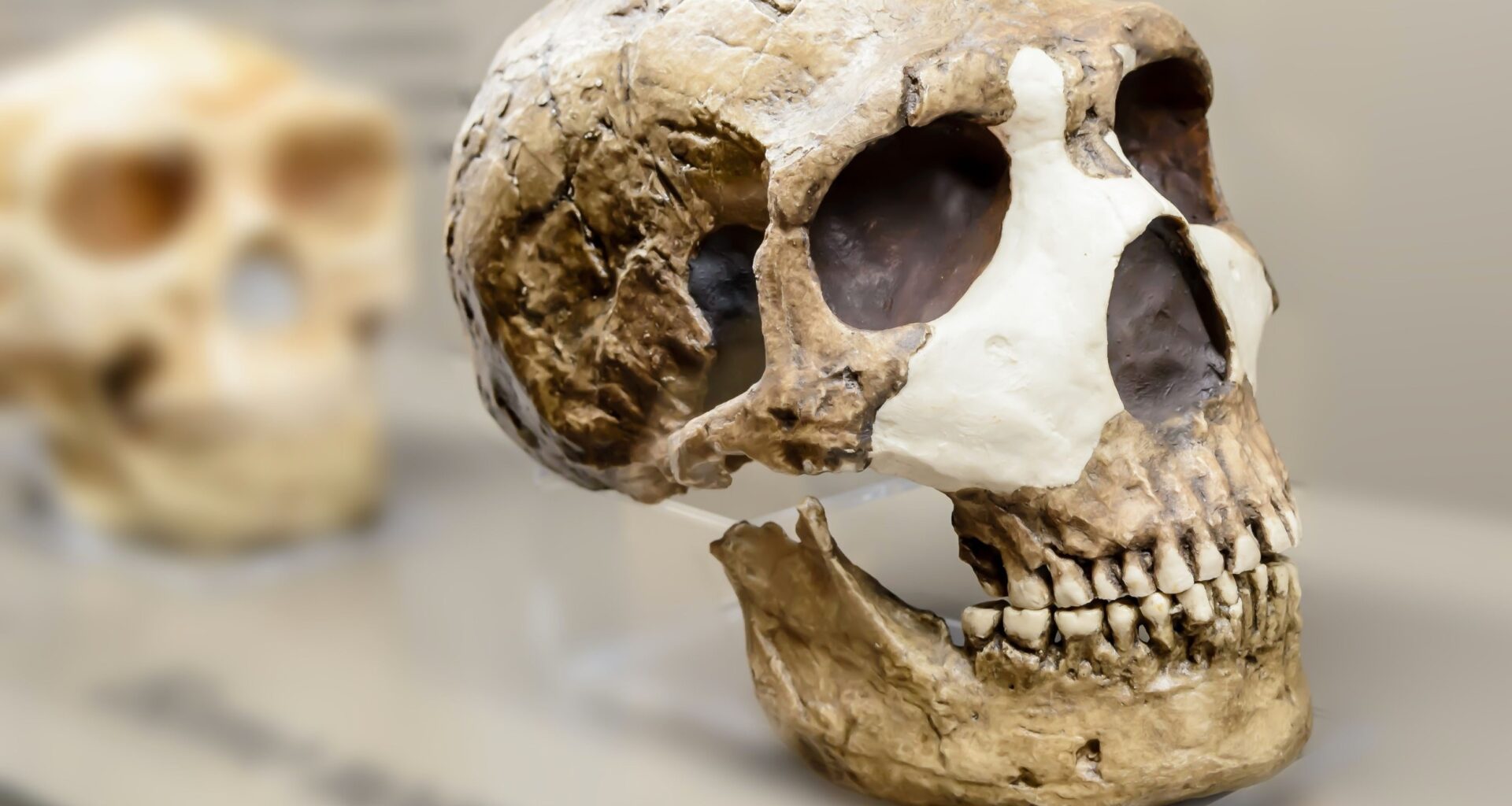Around 50,000 years ago, modern humans walked into lands already claimed by Neanderthals. Both groups hunted, crafted tools, and shared the chill of Ice Age winds. They also shared something deeper – genes.
Yet only a few of those Neanderthal genes survived inside us. The rest vanished. A new study points to a surprising reason. The downfall might have begun inside the womb.
Tiny change with big consequences

At the center of this mystery lies PIEZO1, a gene that helps red blood cells sense pressure. It tells cells how to adjust their shape and how strongly hemoglobin should hold on to oxygen.
Neanderthals carried an ancient version of this gene. At position 307 of the protein, one small building block differed – serine instead of glycine. That swap sounds minor, but it changed how the protein behaved. It made red blood cells hold oxygen more tightly.
In the Ice Age, that change probably helped. Neanderthal blood could store oxygen longer in low-oxygen caves or freezing mountains. But once Neanderthals and modern humans interbred, that useful feature became a hidden danger.
Oxygen became a problem
Pregnancy depends on balance. The mother’s blood must release oxygen easily so the fetus can take it up through the placenta. The fetus’s blood, in turn, must grab that oxygen quickly.
When a mother’s red cells cling too hard, the balance breaks. The fetus starves for oxygen. Growth slows, and miscarriage risk rises.
The Neanderthal PIEZO1 variant caused that problem. It made maternal red cells too “greedy” for oxygen. If the fetus inherited the modern version, its cells couldn’t compensate.
This mismatch created a silent conflict between mother and child – both genetically normal in isolation, but incompatible together.
Not every hybrid suffered. The issue appeared only when a mother carried one Neanderthal allele and the fetus carried two modern ones. But in small Neanderthal groups, even a few failed pregnancies could shrink a population fast.
A reproductive trap
The team didn’t rely on ancient DNA alone. They turned to modern lab tests using fresh human blood.
The researchers activated PIEZO1 with a chemical called Yoda1, mimicking the Neanderthal version’s hyperactivity. The treated red cells showed a dramatic change – they held oxygen more tightly.
Under lung-like conditions, the effect was small. But under placental-like conditions – warmer and slightly more acidic – oxygen release dropped sharply. The cells behaved exactly as predicted for a high-affinity, Neanderthal-like PIEZO1.
That experiment offered direct evidence. Overactive PIEZO1 could indeed block oxygen delivery to a fetus. What was once a helpful adaptation turned into a reproductive trap.
How fertility dropped
Next came the simulations. The researchers modeled small hunter-gatherer populations and introduced the incompatibility.
Even a 5% drop in fertility was enough to cause decline. Populations that were stable before started collapsing slowly after a few hundred generations. Those that reproduced slightly faster could survive, but barely.
Neanderthal groups lived in scattered pockets, already near their survival limits. A few lost pregnancies each generation could push them below replacement level. The model showed how this genetic friction, repeated over time, could help erase an entire lineage.
The lost Neanderthal gene
When the scientists checked a huge database of human genomes, they found the Neanderthal PIEZO1 variant almost extinct. Only one person carried it in both copies. That vanishing act fits the idea of natural selection removing harmful mutations.
Interestingly, a small trace appeared in the Hazara people of Central Asia — perhaps a distant echo of ancient interbreeding. But for most of humanity, the gene is gone.
The researchers believe this near-total loss reflects the power of selection. The variant didn’t just fade away; it was filtered out by generations of mismatched pregnancies.
Why Neanderthals kept the gene
The obvious question follows: if the gene was harmful, why did Neanderthals keep it?
Because in their world, it worked. The high-oxygen-affinity version likely helped them survive harsh winters and food shortages. Animals that hibernate show similar blood behavior — they conserve oxygen and energy when conditions turn brutal.
PIEZO1 also affects blood vessels and fat storage. It can help reduce heat loss and alter metabolism. For Neanderthals enduring long, cold nights, that could mean the difference between life and death.
Evolution rewards what works in the moment. The same trait that once kept them alive later turned against them during contact with modern humans.
Neanderthal maternal lines were lost
The study also explains a long-standing mystery. All non-African humans carry Neanderthal DNA, yet none have Neanderthal mitochondrial DNA.
Since mitochondria pass only through mothers, that means few – if any – Neanderthal maternal lines survived.
This genetic puzzle now makes sense. Hybrid mothers with one Neanderthal allele often lost fetuses with two modern alleles. Their pregnancies failed more often, erasing maternal lines.
In contrast, when Neanderthal men mated with modern women, the pregnancies succeeded. Those offspring carried Neanderthal genes through paternal inheritance.
Over time, that pattern shaped the genetic legacy we see today – Neanderthal DNA in our chromosomes, but not in our mitochondria.
The quiet extinction
This incompatibility didn’t wipe Neanderthals out overnight. It worked quietly, generation by generation. A few fewer births here, a few more losses there. Combined with climate pressure, inbreeding, and competition, it pushed their populations below the point of recovery.
There was no grand extinction event, just a slow fade. Each hybrid generation carried a hidden risk that chipped away at Neanderthal numbers until none remained. Modern humans didn’t need to conquer them. Biology handled the rest.
This story may not be over. Rare PIEZO1 mutations still appear in some modern families. They can increase blood oxygen affinity or cause mild anemia. Some might even create subtle pregnancy problems.
Doctors rarely check oxygen affinity in maternal blood. But these findings suggest they should. A mismatch between maternal and fetal oxygen handling could explain some cases of unexplained miscarriage or fetal growth restriction.
In other words, the same mechanism that once separated species might still influence human health today. Our biology still carries traces of those ancient conflicts.
Evolution’s quiet divide
One small genetic swap – serine for glycine – may have changed human history. That single difference turned a helpful Ice Age adaptation into a hidden reproductive barrier.
The study shows how evolution can divide species without violence or distance. It only takes a quiet mismatch – a mother’s blood holding oxygen too tightly for her child to live.
The end of the Neanderthals wasn’t sudden or brutal. It was physiological and biological. And it may have begun with one microscopic decision in the machinery of red blood cells.
The study is published in the journal bioRxiv.
—–
Like what you read? Subscribe to our newsletter for engaging articles, exclusive content, and the latest updates.
Check us out on EarthSnap, a free app brought to you by Eric Ralls and Earth.com.
—–
